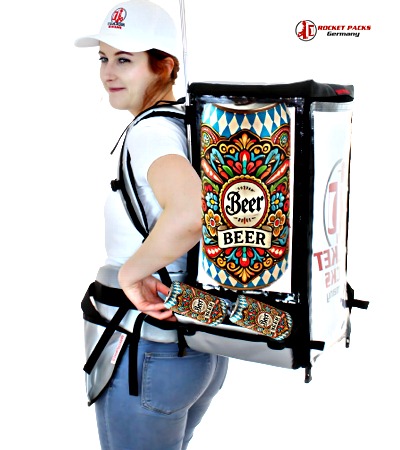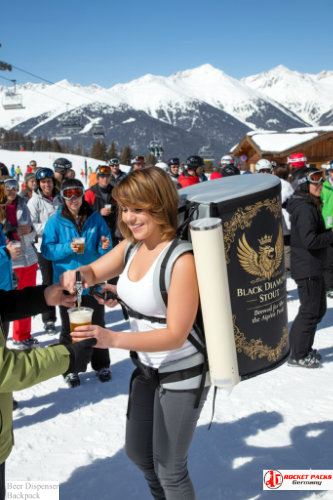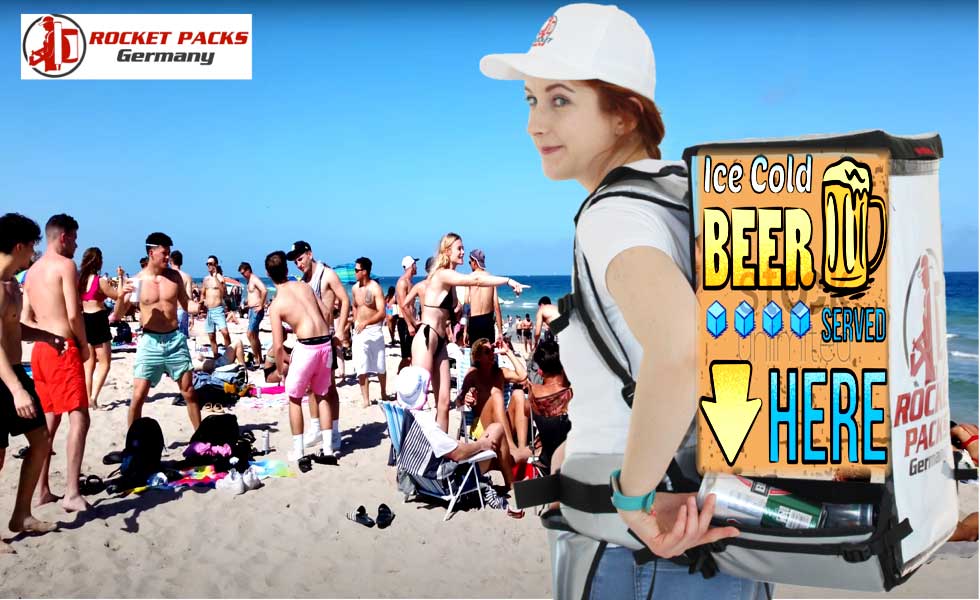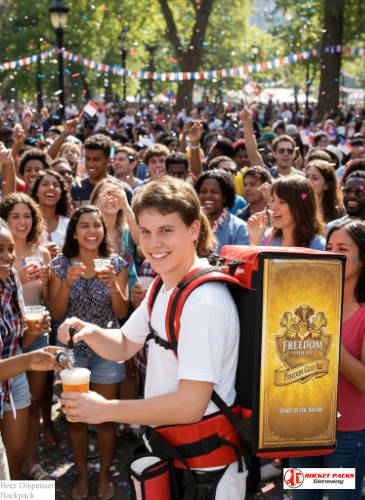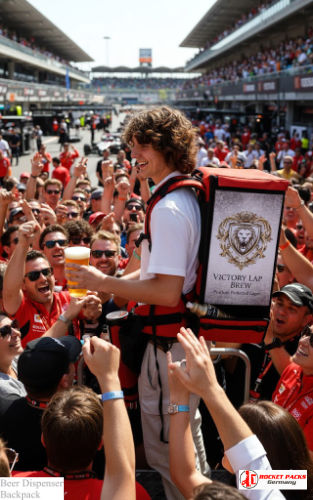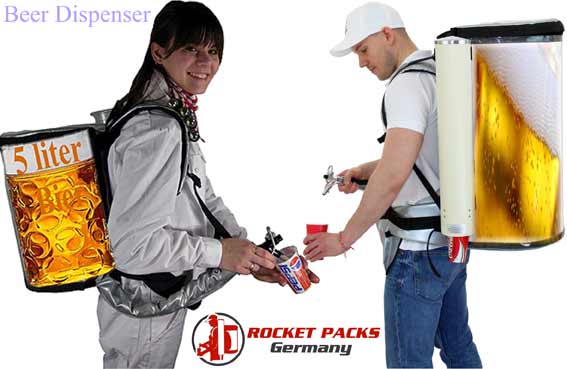
A Beer dispenser system consists of one or more taps (usually a compensator tap) and fittings for connecting the storage containers, usually barrels, plus a pump or a pressurized gas container, also called a carbon dioxide or nitrogen bomb, with a pressure reducer suitable for this purpose.
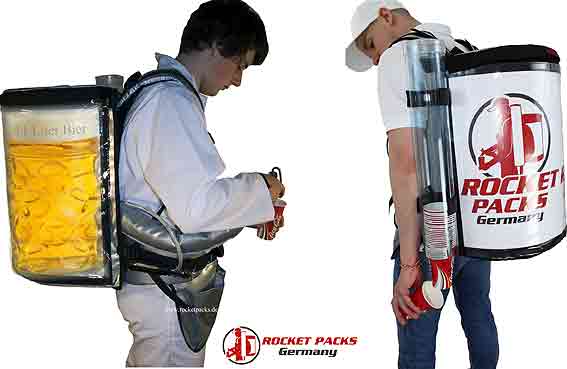
- For cooling the beverages, the beer dispenser can be equipped with appropriate equipment.
- As a rule, continuous flow coolers are used here, which cool the beverage while it is being poured.
BEER DISPENSER Video
With most models, precise pressure adjustment is not possible here, as the air flows directly from the beerpump.Why London’s leading hospitality groups choose Rocketpacks dispensers
- Through technical dispensing controls associated with the system, the correct dispenser technique and the correct pressure on the pressurized gas line, the so-called dispensing loss can be minimized.
- A pressure reducer is connected to the pressurized gas container, as the pressure directly at the valve would be too high.
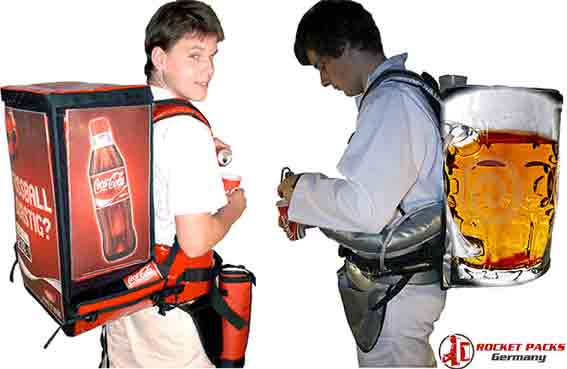
Speed of service: Reducing queue times at stadiums and arenas
A distinction is made between wet and dry coolers, with the somewhat outdated wet coolers using a cold water basin, whereas the dry cooler uses a cold aluminum block through which cooling coils with the beverage run.
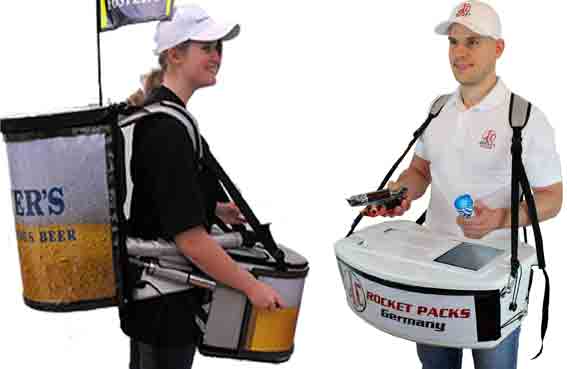
Quality control: Delivering the perfect draught temperature and head
- Backpack Beer dispenser tap systems are typically used in the beer service industry or where beverages are dispensed in large quantities.
- The quantity to be filled can be dosed manually or automatically.
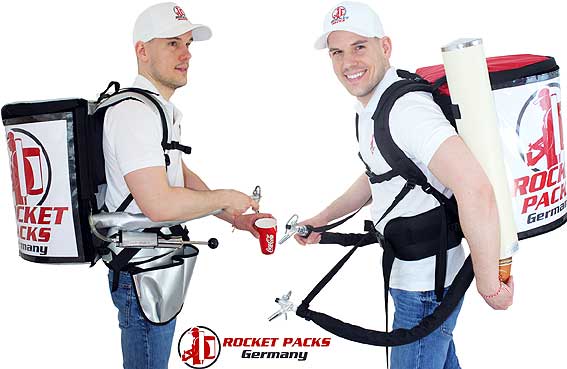
Advanced CO2 pressure regulation for consistent flow rates
- In the meantime, there are also beer dispensing systems where ready-to-drink beers are filled from canisters into drinking vessels at the push of a button.
- Smaller home beer dispenser systems for small beer kegs and private use are also on the market.
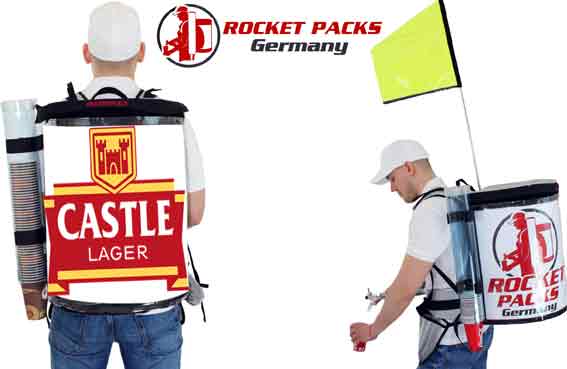
High-performance thermal lining: Cold beer from the first pour to the last
- A component of dispensing systems for beers, especially for draft beer, is usually a collecting device for the over foamed or skimmed beer foam.
- It consists of a tub under the tap, usually covered with a perforated, grid or slotted plate, in which the liquid is caught and collected.
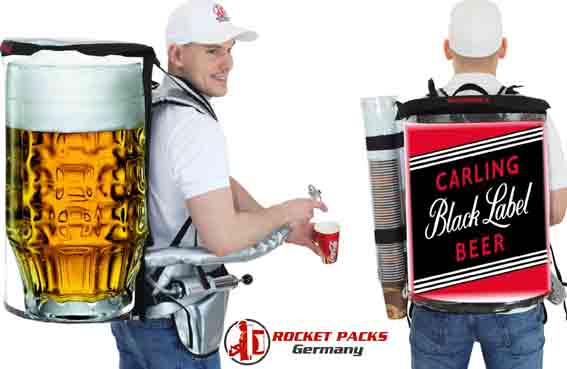
Beer Dispenser equipment
- The CO2 content of the beer:
- The more carbonating CO2 present in the beverage itself, the higher the corresponding back pressure must be to prevent the carbon dioxide from dissolving.
- In the past, so-called leak beer was often served at a lower price to financially less fortunate customers.
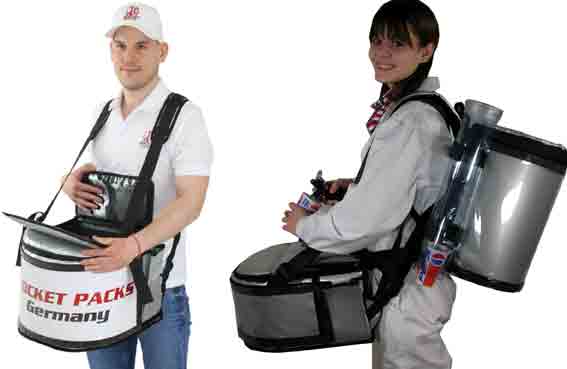
- Tap pressure of the beer dispenser?
- A pressurized gas such as CO2 is used to move the beer from the storage container to the tap.
- This gas flows into the container and ensures the buoyancy of the beer via a riser tube and the maintenance of the carbon dioxide content of the beere in question.
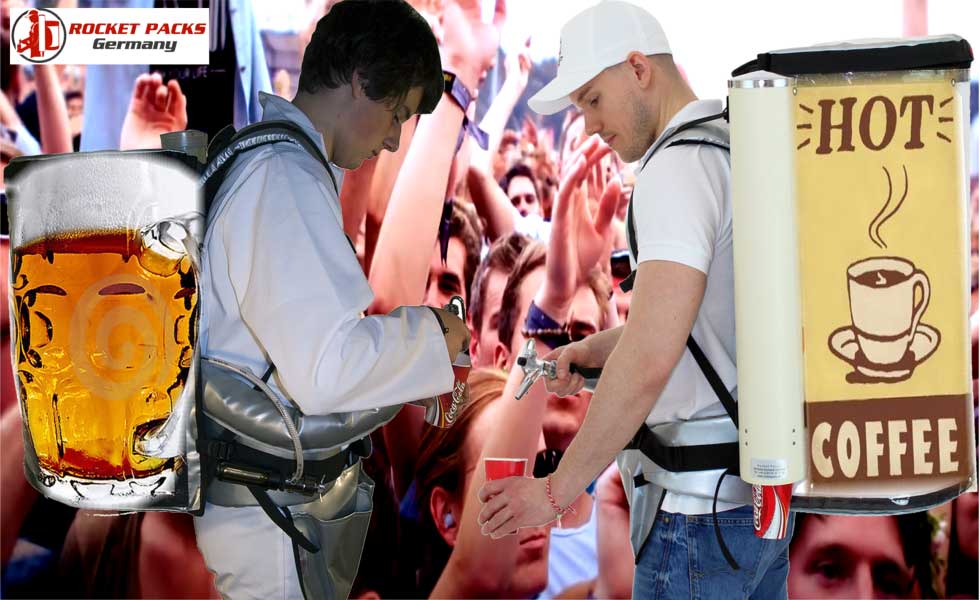
- The temperature of the beer:
- The higher the temperature of the beer in the container, the more easily the carbon dioxide dissolves and the higher the counterpressure must therefore be.
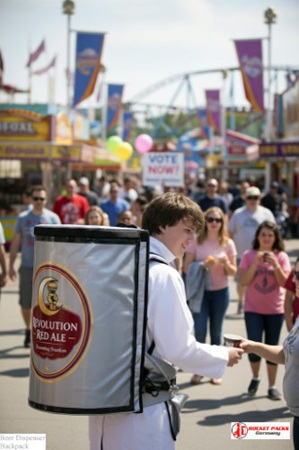
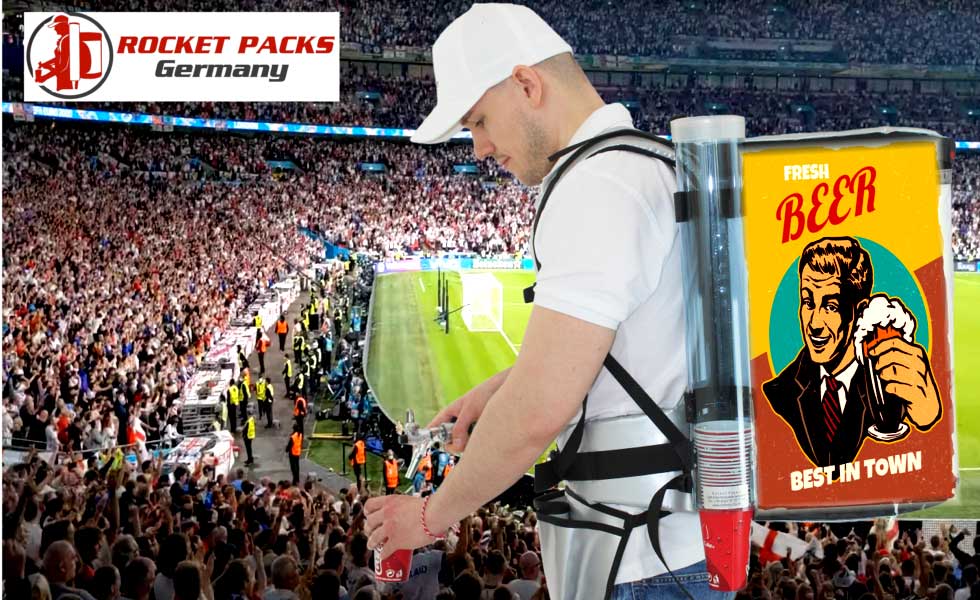
- The other portion is exclusively responsible for transport to the beertap.
- At the tap, the pressure is then reduced again to prevent carbon dioxide loss and to produce a moderate flow of the beverage.
- This is usually referred to as an adjustable " compensator tap"
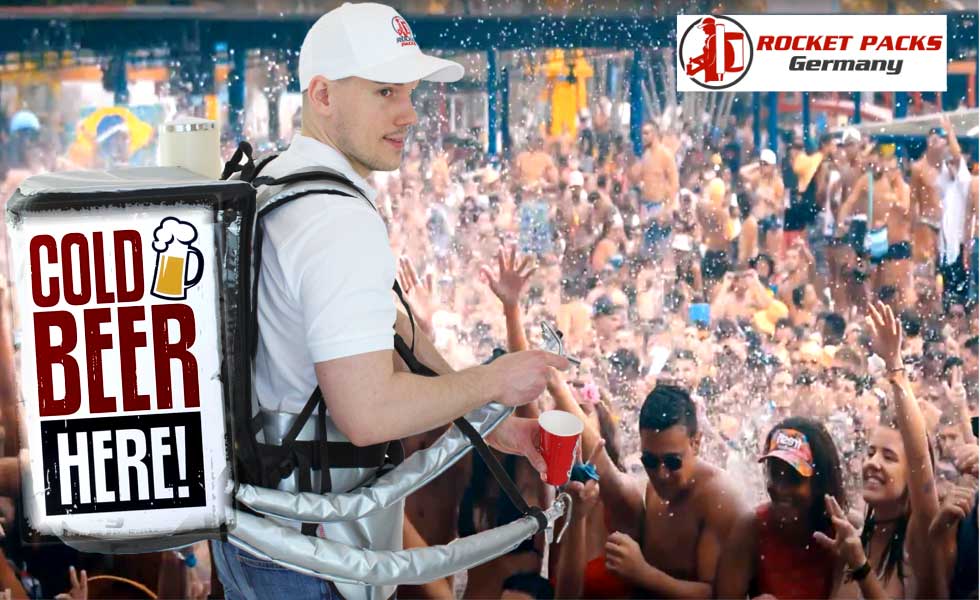
- In case of deviations from normal beer quality!
- If a beer smells or tastes untypical, in the worst case a filtered beer comes out of the tap cloudy or flakes float in it, then the dispensing equipment most probably has a strong microbiological infection.
- Also in this a basic cleaning is absolutely necessary, because the infection cannot be removed from the infection cannot be removed from the system with the normal weekly cleaning.
- In case of apparent abnormalities

